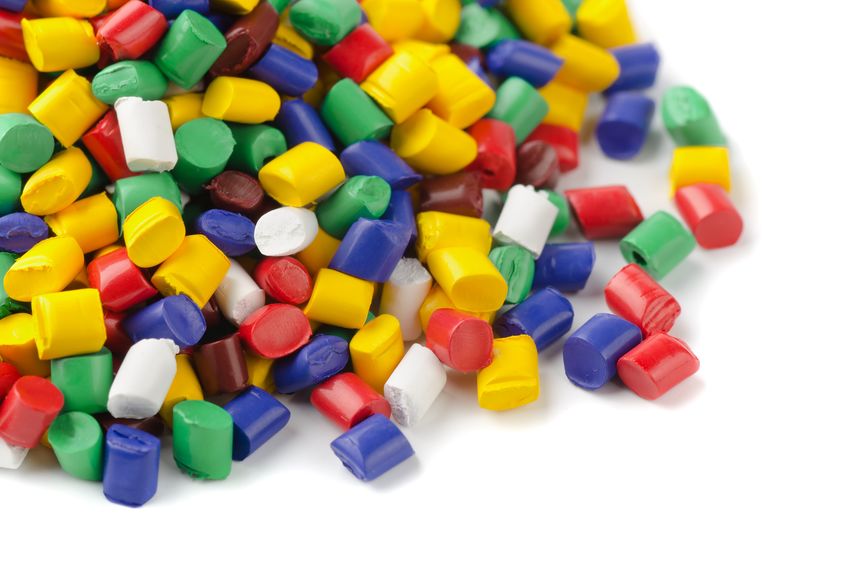There are many important factors to consider when starting a plastic project. Many different aspects affect the final product. One of the main characteristics of a product is the way it looks. The texture of the plastic’s surface is another factor. You might want the final result to be smooth to the touch. Different materials have different looks and finishes to fit the way you want your product to be seen.
Finishes help smooth out the surface of the final product and create its look. They help take away imperfections or marks left by molds during the manufacturing process. There are twelve different grades of plastic finish that were created by the Society of Plastics Industry. These grades are based on the qualities of each finish ranging from dull, matte finishes to extremely shiny ones. These twelve grades are broken down further into four main categories: Shiny plastic finishes, Semi-gloss plastic finishes, Matte plastic finishes, and Dull plastic finishes. Let’s talk about these different types of plastic finishes and what characteristics they give to the final product.
Dull- Dull plastic finishes produce the roughest and least polished surfaces. They are usually used for internal parts that aren’t visible or for products that require a dull look. This is usually done by sandblasting the plastic.
Matte- Matte plastic finishes have a low shine and rougher texture than semi-gloss or shiny plastics. They are commonly made with a fine stone powder polish. Like dull finished parts, matte finishes are mainly used for internal parts, thermoset, and die-cast parts.
Semi-gloss- Semi-gloss plastic finishes are smooth but not as smooth as a glossy finish. They are made using different levels of grit sandpaper. Semi-gloss finishes can be used for visible parts and interior parts that need to be smooth.
Shiny- Shiny plastic finishes all have very shiny, perfectly smooth surfaces. They have a mirror-like appearance created with diamond powder in oil to polish the plastic. These finishes are mainly used on parts that need to be reflective like plastic mirrors.
The texture of your part’s surface can be achieved in several ways. Abrasives like steel wool or grit paper are often used to remove blemishes and create the desired smoothness. The finish affects how the paint will stick to the product. Labels and stickers may not adhere to certain finishes as well as others. You might need to consider how well the item can be gripped, depending on what it will be used for. The finish can affect far more than just the appearance of the product.
The best way to determine which finish is right for your product is to examine what it will be used for. If you will be using this part as an inner working of the product you might go for a dull finish since no one will be able to see it. If your project needs to be attractive and colorful, a semi-gloss or shiny plastic finish is probably better. Each finish has its own set of characteristics that Hansen Plastics can help you determine which finish suits your idea best.



